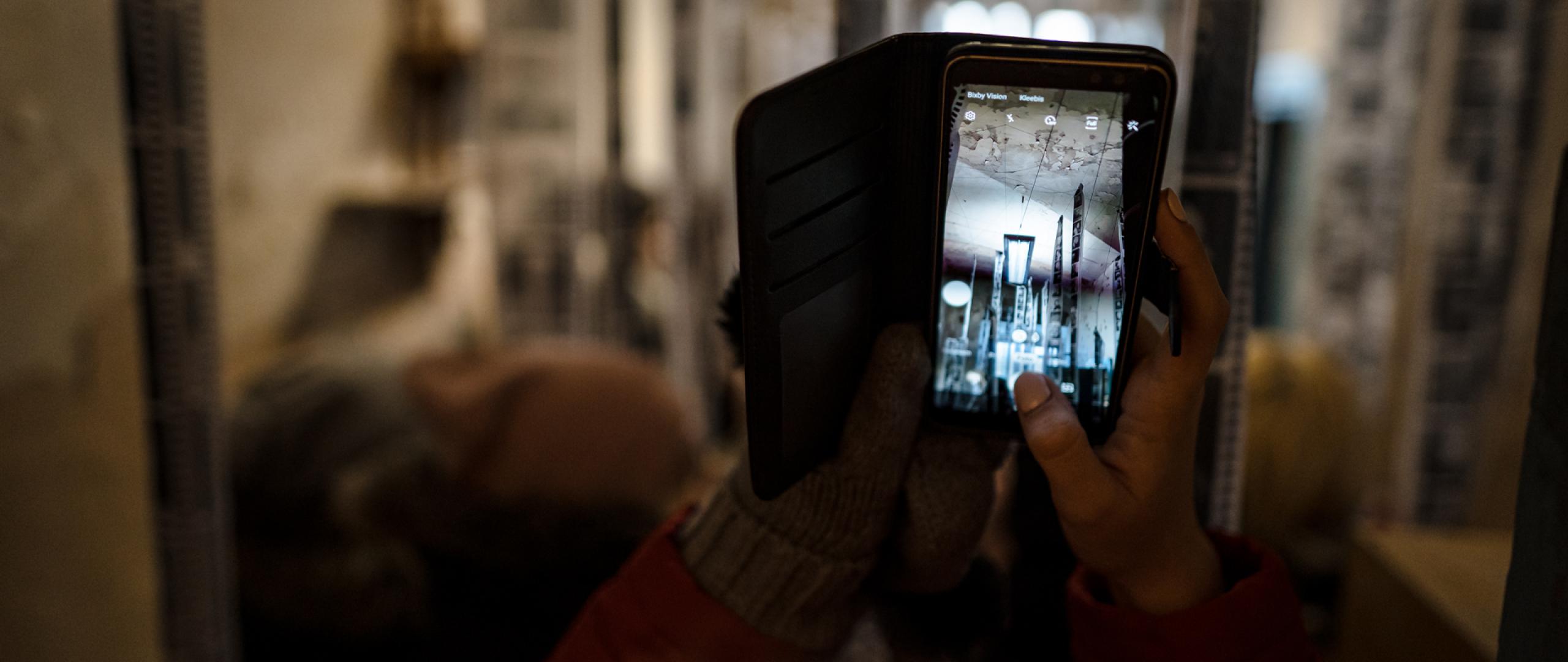What’s on display?

The exhibition area “Communism is Prison” consists of the preserved prisoners’ walkways in the courtyard, the building for solitary cells, the cells of the main building, the washroom and corridors, the administrative rooms, including rooms for photographing and examining the prisoners and those for the prison staff, the execution chamber with an anteroom and other rooms.
Video from design agency Velvet
Visitors have the opportunity to:
- explore the intriguing and eventful history of the Patarei complex since the 19th century: the exhibition introduces Patarei’s history from the naval fortress to the military barracks and prison;
- experience the everyday life of a prisoner, which was full of suspicion, fighting for survival and humiliation, but also unbreakable hope and resistance, which kept the spirit free. The walls remember;
- sit next to an imprisoned farmer, businessman, civil servant, believer, state official, national minority member or a community activist, and find out what they have to say. These were the people who were categorised as “socially foreign elements” by the communist regime and who were not deemed worthy of life in the new world that the regime was creating;
- acquaint themselves with an extended overview unique in Estonia and the surrounding area of the nature and crimes of communist regimes and the ideology behind them. Millions of people have experienced the violent consequences of communist ideology, but the extent, impact and background of communist crimes have hardly been discussed. It is often forgotten that communism is an ideology that encompasses all areas of society and human life, proclaiming to be the One Truth and excluding dissent;
- learn more about the repressive policies of communist regimes in European countries and the common foundations of red terror. The international part of the exhibition is created in cooperation with the memory institutions of Poland, Latvia, Germany and Lithuania;
- see life in a Soviet Union’s prison camp through the eyes of an artist imprisoned there. On display are the rare pictures of the people and everyday life made in the Gulag prison camp in Vorkuta by the Russia-based Jewish artist Solomon Gerschow (1906 — 1989). Gerschow was imprisoned during Stalinist terror. We are very grateful to Tanya Rubinstein-Horowitz, the owner of portraits, for the permission and assistance in exhibiting these works.
- learn about the connection between Patarei and the Holocaust and the story of Holocaust victims in Estonia.